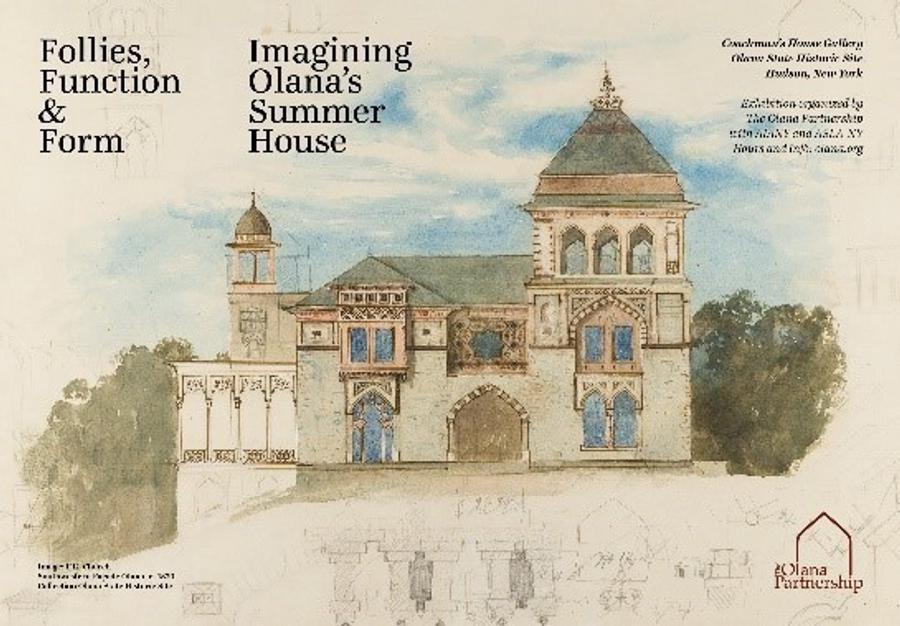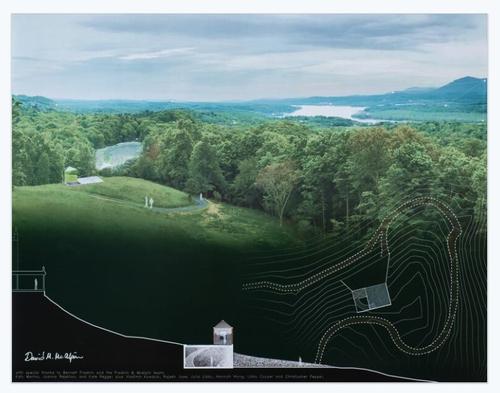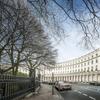21 Architects Imagine Designs For Frederic Edwin Church's "Summer House"
- HUDSON, New York
- /
- August 04, 2016

David McAlpin, a principal at Fradkin & McAlpin Architects, is among a group of 21 noted architects and landscape architects, including Steven Holl, Laurie D. Olin, Peter Pennoyer and Diana Balmori, who have been invited to solve a mystery that is more than 130 years old. Each was asked to submit a design for “the Summer House” at Olana, the Hudson, New York, estate of the great American landscape artist Frederic Church.
Mr. McAlpin’s design and those of his 20 colleagues will be exhibited at a show entitled “Follies, Function & Form: Imagining Olana’s Summer House,” which opens on August 14 and runs through November 13 at Olana. The exhibition is being curated by The Olana Partnership in collaboration with architect Jane Smith of Spacesmith.

The 1886 Plan of Olana, a detailed blueprint of Church’s vision for his 250-acre designed landscape, contains a structure labeled “Summer House.” While summer houses were common in early American gardens and public landscapes, no summer house was ever built at Olana and there is no documentation about the structure Church envisioned.
In the absence of a solution to this design mystery, The Olana Partnership, in collaboration with the New York chapters of the American Institute of Architects (AIANY) and the American Society of Landscape Architects (ASLA-NY), invited 21 architects and landscape architects to offer their ideas of what a summer house envisioned by Church might look like.
Said Mr. McAlpin: “Olana’s summer house investigates how we inhabit, view, and interpret the landscape—how we reveal ourselves in making nature our own.”
Accordingly, he has designed an ode to the surrounding landscape, with its ever-changing light. His summer house is a southern-facing pavilion constructed of mirrored glass and posts made from the trunks of oak trees, with an intimate viewing room and an adjoining reflecting pool. After following a path that leads around the pavilion, visitors enter a subterranean room animated by light filtered through the reflecting pool above. They then ascend a graceful spiral staircase to reach the viewing room, whose opaque glass ceiling and oak-framed glass walls etched with geometric patterns both frame and contain the view beyond as they allow further light-play. Looking out, the Hudson River emerges from behind the tree tops.
















100x100_c.jpg)